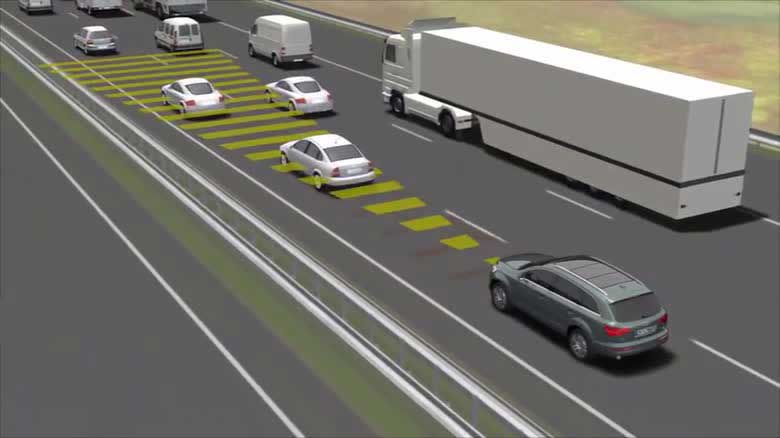What is Adaptive Cruise Control?
ACC stands for the Adaptive Cruise Control. It is an advanced cruise control option which most luxury cars employ. Manufacturers offer the ACC mainly in the high-end models or luxury cars. To market this technology they use different acronyms that vary from band-to-band.
For example, Mercedes-Benz terms it the Distronic and Distronic Plus. However, BMW calls it Active Cruise Control while the Audi uses Adaptive Cruise Control. However, the ACC requires permanent infrastructure. This includes hardware such as mobile beacons, or transmitters on the back of the vehicle etc. The GPS based Adaptive cruise control system is an example of this type of technology.
How Adaptive Cruise Control works?
Adaptive cruise control or autonomous cruise control or radar cruise control – are the names of the same system. They measure the distance to the vehicle ahead. The system also controls the speed while approaching the other vehicle. It then enables the car to cruise at a pre-set speed allowed by the traffic. Thus, ACC maintains a safe and constant distance with the vehicle ahead. It uses either Radar or Laser Set-up to do so.

Types of Adaptive Cruise Control System:
The manufacturers divide the ACC systems into two types: Laser-based and Radar-based. The Laser-based systems are comparatively cheaper compared to Radar-based systems. However, the Radar-based ACC system can detect and track the vehicles effectively in the adverse weather conditions. It can even track extremely dirty (or non-reflective) vehicles exceptionally well which the laser-based systems can’t.
In a Laser-based system, even though activated, the driver is solely responsible for monitoring the car’s speed and the distance from the vehicle ahead. However, the Radar-based system has the Pre-crash system. It even applies the brakes in the event of high risk of collision. It also features the lane maintaining system and reduces the burden on the power steering. However, any type of ACC equally reacts to the approaching vehicles or stationary objects. So, it may not be very effective in the busy bylanes and heavy traffic.
For more information on ACC, please click here.
Watch Adaptive Cruise Control in action here:
Read more: How Adaptive Brakes work?>>
